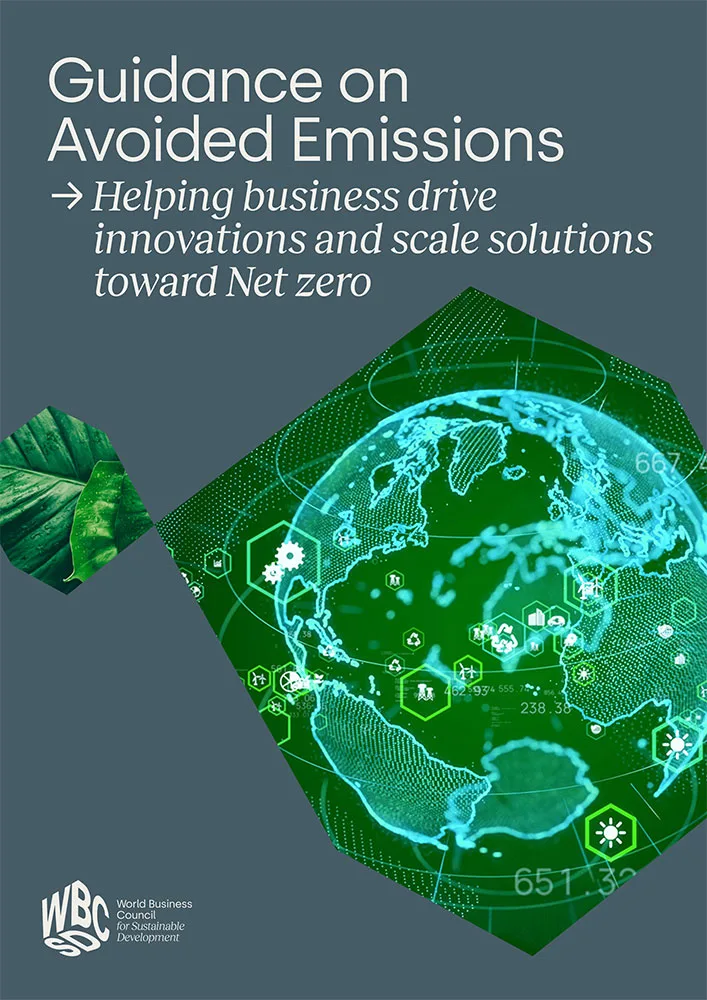Guidance on Avoided Emissions v2.0: Drive Innovations and Scale Solutions Toward Net Zero
Published: July 24, 2025

We have updated our Guidance on Avoided Emissions to better support businesses and investors who want to assess and communicate the impact of their low-carbon solutions and portfolios – beyond the greenhouse gas (GHG) inventory footprint.
Avoided emissions (AE) are the positive impact created when comparing the GHG impact of a low-carbon solution to an alternative scenario without that solution in place. We provide a robust, science-aligned methodology to quantify and disclose AE – so companies, investors and policymakers can scale climate solutions with integrity and transparency.
What’s new in version 2.0?
- Expanded methodology: A more comprehensive approach to assessing AE, including guidance on data, reference scenario definition, contribution validation and optional steps for allocation and consolidation.
- Eligibility gates: Clearer, more inclusive criteria to ensure claims are credible and aligned with science.
- Reporting and communication: Standardized templates and best practices to support transparent disclosure, impact validation and third-party review.
- Implementation tools: Sector-specific guidance, technical templates and a growing library of use cases in an open access online hub.
- Alignment with global frameworks: Guidance that works with global standards and frameworks like the GHGP, IPCC, PCAF and ISO.
Who is this Guidance for?
We designed this guidance for:
- Businesses: To assess and report the decarbonization impact of their products and services.
- Investors: To evaluate climate-aligned opportunities and steer capital toward the most impactful solutions.
- Policymakers: To inform climate policy mechanisms and innovations that accelerate decarbonization.
- Standard setters and NGOs: To create alignment as we work toward standardizing intervention-based impact assessment and disclosure.
Why does it matter?
AE are a critical lever for accelerated, system-wide decarbonization. By applying this Guidance you can:
- Demonstrate the climate impact of your solutions.
- Make informed decisions that maximize decarbonization potential and strengthen competitiveness.
- Avoid greenwashing through credible, transparent and conservative assessment and disclosure.
- Strengthen your role as a solution provider in the Net Zero transition.
Download our Guidance on Avoided Emissions v2.0
Explore more about AE
- Visit our Avoided Emissions Implementation Hub to find real-life use cases and our technical template for assessment and disclosure.
- Discover our guides to AE in climate investing and sustainable finance to learn how to integrate AE analysis into investment practice.